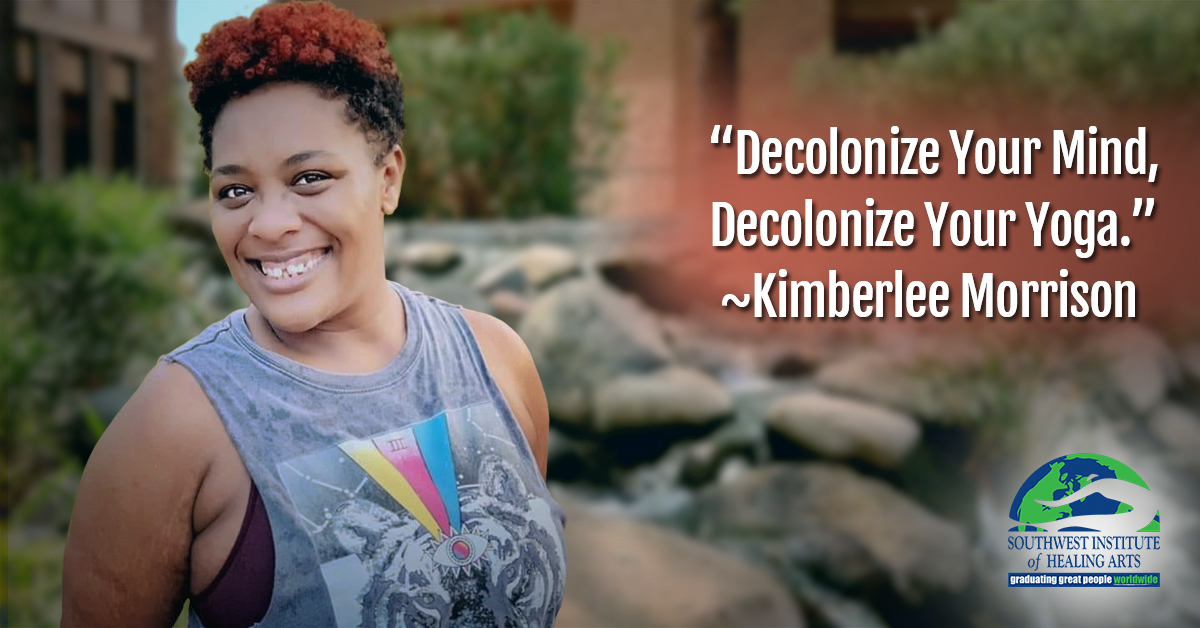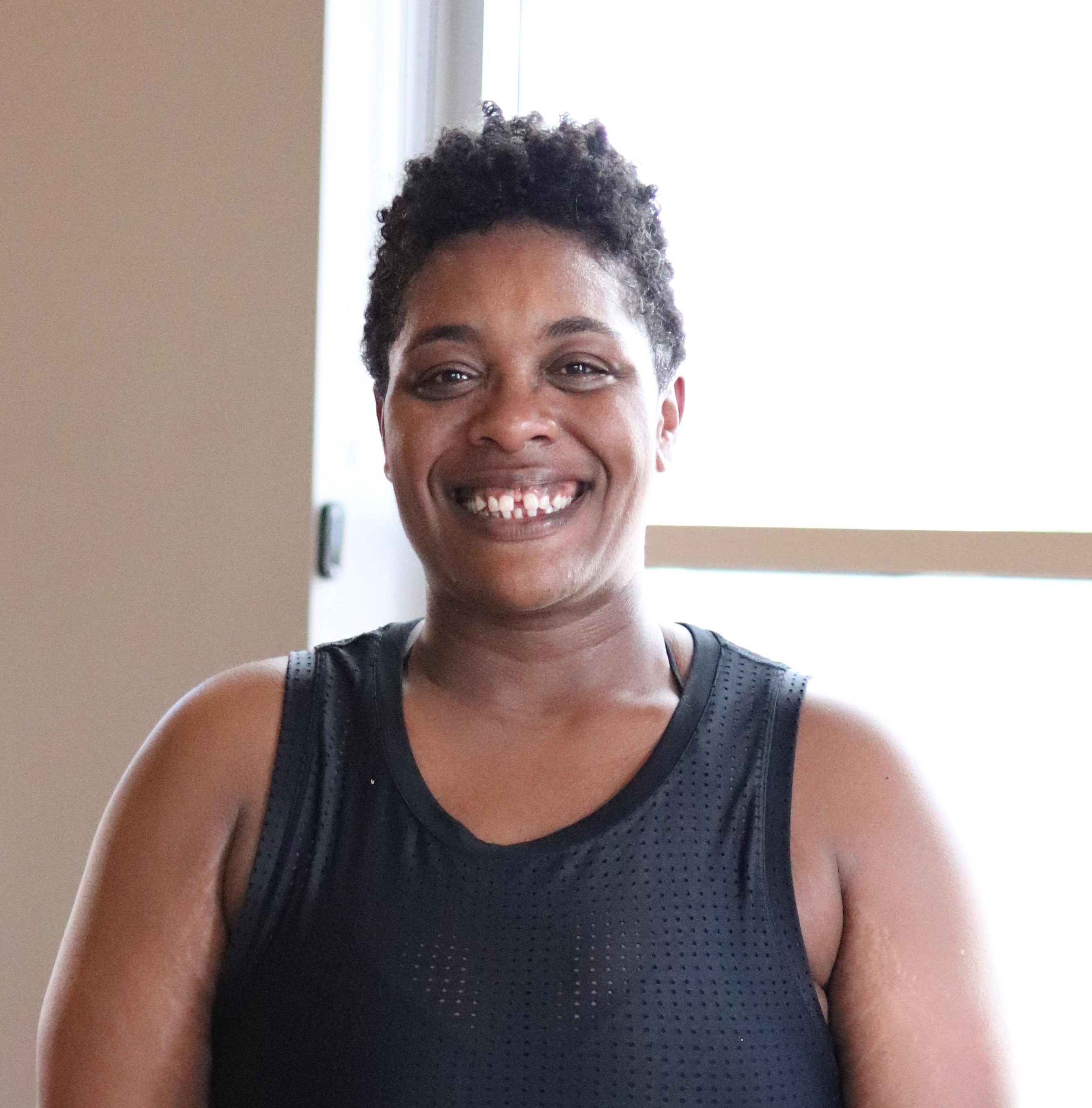
Early yoga systems were available, accessible and heterogeneous, offering a wide range of philosophies, meditations, and rituals designed to liberate the mind, body, and spirit from suffering. However, over time it became a tool of oppression in India’s caste system under British colonial rule. It was during British rule that the Indian elite were given the power to enforce colonial control, and the upper caste implemented systems that eventually criminalized the practice of yoga altogether.
While on one hand there was a growing movement to liberate India from colonial occupation, yoga was also being exported through an orientalist lens, which reimaged yoga as an exotic, mystical, philosophical practice. These simultaneous phenomena lead Swami Vivekananda to adopting a Hindi Nationalist stance, which was ironically, a British colonial construct. When Swami Vivekananda made his way to British parliament in 1893 (uninvited) it was with the mission to share the spiritual wisdom of yoga, and to liberate the people of India from crushing poverty. These ideas represented a stark contrast to the narrative of Hindu inferiority in Indian schools.
Vivekananda combatted this racist narrative through assimilation, and adopting the culture of physical fitness and strength seen as a virtue among European colonizers. In fact, he argued that physical strength was essential to self-actualization, and created a hybrid system of Indanized exercises that included yoga postures (asana), breathing disciplines (pranayama), and modern bodybuilding techniques.
Modern Yoga and the Legacy of Colonialism
Yoga as it is taught and practiced today is in part a product of the colonial legacy of caste oppression and white supremacy. In many ways this legacy is evident in the ableist, misogynist, and capitalist presentation of yoga. The majority of the mythological tales from the Yoga cannon tell the story of gods, kings, princes and sages — most of whom are depicted as men. And while yoga has been marketed to women, the focus on the physical creates a barrier for anyone who does not conform to the slim, flexible, Eurocentric body type. Indeed, yoga is a reflection of the world of Western capitalism by which it has been appropriated, and the exclusion of the poor and people of color is evidence of this continuing legacy.
In the inaugural podcast Yoga Is Dead episode Indian-American teachers Tejal Patel and and Jasal Parikh detail how they connected during an anatomy training, led predictability by a slim, blonde, able-bodied, cis-gendered, white woman. On the first day of class they were asked about the difference between Hatha and Raja Yoga. Jasal, who did her training in India on Raja Yoga and is deeply connected to Yoga as part of her heritage answered enthusiastically: the most common Hatha Pradipika is a more physical practice that contained 6 limbs, whereas Raja Yoga was more about morals, discipline and lifestyle was the 8-limbed practice. Jasal said the teacher shut her down, told her she was wrong and followed it up with “I’m going to look it up.”
The next day the trainer returned to start the day with “I did look it up and you’re wrong.” Never mind the fact that the definition of Hatha Yoga is not nearly so rigid, and the number of limbs and what they are vary from practice to practice. The trainer was insisting there was one answer, while an Indian-American woman who had studied yoga in India, was telling her there were other schools of thought. They go on to detail having their use of Sanskrit policed, having their names mispronounced, and other experiences where white women in leadership asserted their power in both overt and passive aggressive ways.
“We found these women impenetrable to feedback. We found them extremely defensive at the slightest suggestion or difference of opinion. We found them exhibiting extreme food obsession and unable to contain their hang-ups about body image. I find many of them to be hyper-competitive with other women, and they’re culture conditioned to tear each other down rather than support the community as a whole.”
Yes, the above statements are all generalizations; however, the defensiveness in the face of generalization and stereotypes is also part of the power dynamic created by the dominant culture. The “Yoga Is Dead” hosts suggest doing self-inquiry into why it’s ok to generalize and stereotype other cultures, while those who are part of and assimilated by the dominant culture can only be observed as individuals.
The experiences described by the “Yoga Is Dead” hosts are not isolated. Last year an up-and-coming yoga magazine published a list of yogis to watch for 2019, featuring only one non-white person. Jasal responded by creating a list of women of color to watch in the yoga world. Yoga Journal, long considered a problematic publication that reinforces the white-washed stereotype of yoga, sent out a survey asking readers which cover they preferred. The only real difference between the two covers was that one featured a white woman, the other featured a black woman. I have regularly been the only person of color in a room full of white yogis and heard stories from other BIPOC yogis of feeling ignored, dismissed, unwelcome and unsafe in yoga spaces.
Decolonize Your Mind, Decolonize Your Yoga
The good news is that the Yoga industry is going through a renaissance of sorts, with BIPOC yogis asserting their right to show up, take up space, represent and be represented in the mainstream yoga industry. However, BIPOC folks can’t decolonize yoga on our own; we need unity within the spectrum of the yoga, and a willingness to acknowledge that yoga as it is practiced in the west is on some level a colonized practice. The Yoga for all movement rightfully rejects the dominant culture imposed ideals about who and what yoga is for, demanding instead that yoga be available and accessible for anyone, regardless of race, ethnicity, gender identity, or physical ability.
Here are a few things you can do to begin decolonizing your yoga practice.
Yoga Beyond the Asana: “Yoga citta vritti nirodha” — yoga is calming the fluctuations of the mind. Yoga isn’t about achieving peak physical fitness; in fact the physical practice was only one aspect of a practice intended to create spiritual union. We achieve this union through physical mastery and, most importantly, through the mastery of self by engaging in a holistic practice of yoga.
Do the Svayaya: The willingness to inquire within and identify your own ingrained patterns and beliefs is a critical part of decolonizing your mind. This means being honest about how our behaviours reinforce colonial influences, and committing to creating new patterns that facilitate the liberation of us all from the colonial constructs that still permeate our society.
Appreciate, Don’t Appropriate: The yoga-industrial-complex makes it easy to turn the symbols, language and iconography into fodder for capitalistic gain. Remember that for many people of Indian heritage screen printed t-shirts featuring Ganesha or “Nama-slay all day” mantras tanks are an affront to their culture.
Learn the language: There are many studios and teachers who make the claim that Sanskrit is a dead language and refuse to use it in the name of accessibility. This may seem innocent enough, however, separating cultural practices from their language is a standard tactic in the colonization playbook. People might be confused at first, however, normalizing the use of Sanskrit is a way to keep the language alive and honor the roots of the yoga practice.


